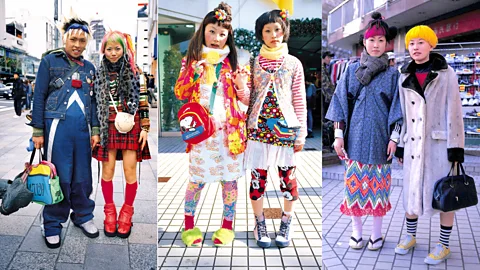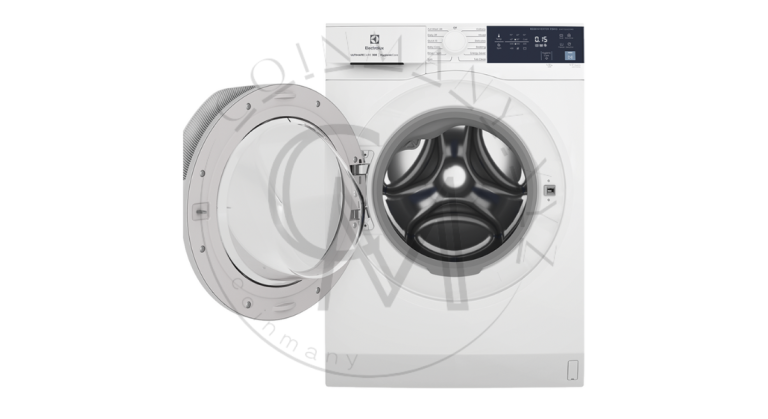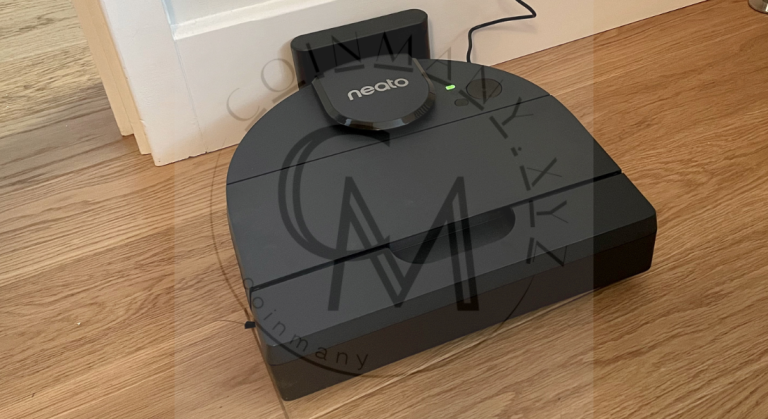
Behind the vibrant and sometimes bizarre outfits lies a poignant message about individuality and mental health.
The exaggerated, unique attire of youths in colorful wigs and heavy makeup might seem like something out of Japanese manga. Yet, this distinctive style is an integral part of Japanese culture known as Harajuku fashion. Often associated with bright, cute, and romantic aesthetics, many simply refer to it as “kawaii.” However, beneath this colorful exterior, there lurks a darker aspect that resonates deeply with the inner struggles of Japanese youth.

The Evolution of Harajuku Fashion
Harajuku is not just a bustling district in Tokyo but also the birthplace of the eponymous fashion culture. Emerging in the 1970s, Harajuku became a haven for young people eager to express their individuality through daring, unconventional outfits. Harajuku fashion transcends mere clothing choices, becoming a statement of personality and a declaration of youthful freedom. Its influence has spread globally, inspiring designers and fashion enthusiasts alike. Yet, this style comes with certain challenges. Not everyone can confidently pull off Harajuku fashion, requiring careful consideration and understanding before fully embracing it.
The Essence of Harajuku Fashion
In the 1970s, a peculiar fashion trend began to emerge in Harajuku, a district in Shibuya, Tokyo. The streets near Harajuku Station saw youths donning eye-catching, eclectic outfits from head to toe. This unique style, named after its birthplace, quickly gained traction among young people across Japan.

Harajuku fashion initially combined traditional Japanese garments like kimonos and geta sandals with modern elements. While earlier styles leaned towards Western influences, Harajuku fashion forged a new identity by blending tradition with contemporary flair.
Harajuku fashion celebrates spontaneous combinations of various styles and colors. Wearers mix and match any fashion elements they like, ensuring their outfit reflects their unique identity. Though hard to define, this fashion can be seen in various substyles such as Gothic Lolita (classical), Sweet Lolita (innocent), Punk (rebellious), and Cosplay (character embodiment).
The Hidden Depths of Harajuku Fashion: Yami Kawaii
Beneath the colorful and creative exterior of Harajuku fashion lies Yami Kawaii. Yami Kawaii, also known as Menhera, combines “Yami” (dark) and “Kawaii” (cute), roughly translating to “sickly cute.”
This substyle incorporates elements like adult toys, nooses, medical equipment such as syringes, bandages, and even fake blood, creating a look that appears disturbingly charming.

Yami Kawaii extends beyond fashion, evolving into a lifestyle. Artist Bisuko Ezaki states, “People often view mental illness or depression as psychological trauma. Victims of these conditions need help and are seen as weak. I want to change this negative image by using beautiful, cute imagery to represent the negative emotions everyone has.”
The Rise of Yami Kawaii
Japan has one of the highest suicide rates in the world, highlighting the profound inner darkness many Japanese face. However, not everyone succumbs to despair; some express their inner turmoil through Yami Kawaii fashion
Bisuko Ezaki prefers using cute, innocent images to convey negative, antisocial content, encapsulating the essence of Yami Kawaii. This culture even has a mascot, Menhera-chan, created by Bisuko—a small, cute girl exhibiting self-harm and negative behaviors. This character influences Yami Kawaii fashion and accessories, like syringe necklaces or bandage bracelets covering wrist scars, reflecting the emptiness and pain of Japanese youth.
A Therapeutic Outlet
While some may find Yami Kawaii twisted and perplexing, it serves as an emotional outlet for young Japanese facing societal pressures. Hanayo, a writer and model who attempted suicide, uses Yami Kawaii to cope. Her husband often takes her to cat cafes when he can’t be with her to prevent her from self-harming.
Yami Kawaii might seem bizarre, but it offers a therapeutic alternative for distressed youth in Japan, providing an outlet for emotional release rather than resorting to suicide.
123tv.cloud• Read More
Stussy• Read More
Vanity Fair• Read More



